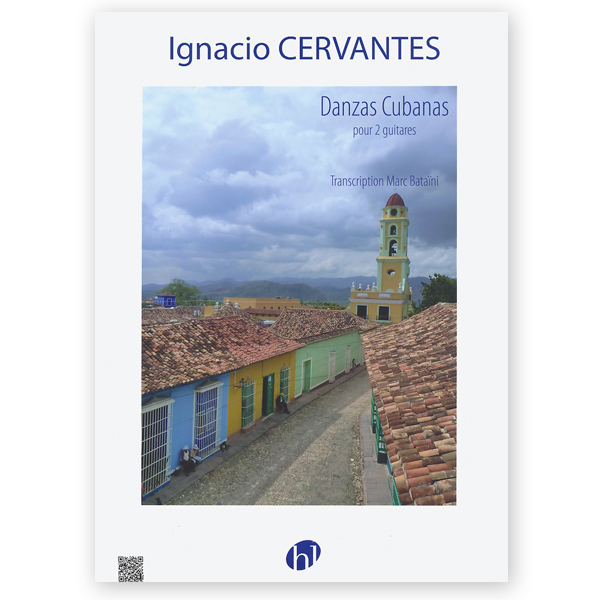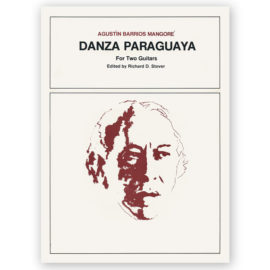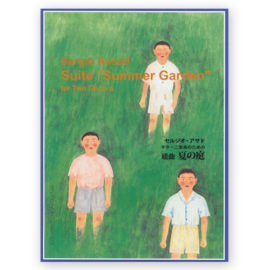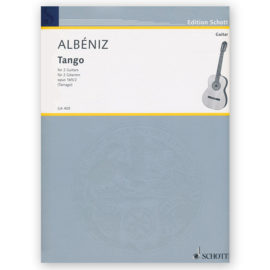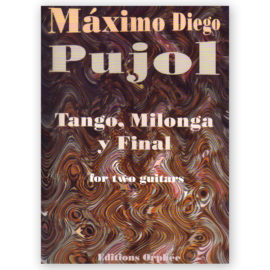Store » Cervantes, Ignacio. Danzas Cubanas for 2 Guitars
“Küffner, Joseph. Easy Pieces for Beginners” has been added to your cart.
View cart
Cervantes, Ignacio. Danzas Cubanas for 2 Guitars
$19.95
Out of stock
Description
Ignacio Cervantes, Danzas Cubanas for 2 Guitars
For 2 Guitars
-
Transcribed by Marc Bataïni
-
Standard Notation
-
Score
-
31 Pages
- Los tres golpes
- No me toques
- La encantadora
- Adiós a Cuba
- No bailes más
- El velorio
- La soledad
- Siempre sí
- Ilusiones perdidas
- Cortesana
- Un recuerdo
- Almendares
- Fusión de almas
- Tiene que ser
-
Ignacio Cervantes (1847-1905) was probably the most important and the most influential Cuban composer of the 19th century. Coming from a bourgeois creole background, he received rudimentary musical training, and his first piano lessons from his father, who would always respected his son’s vocation. In 1865, encouraged by the American composer Louis Moreau Gottschalk I, Cervantes came to study at the Paris Conservatory. There, he worked with Antoine François Marmontel (the pianist and renowned pedagogue, who taught Bizet, d’Indy and Debussy) and with pianist Charles Alkan.
He was awarded a 1st prize in composition in 1866, and later a 1st prize in piano. Very active in the Parisian musical scene, he befriended to Liszt and Rossini. Ignacio Cervantes returned to Cuba in 1870. The island had just begun to break loose from the tyranny of Italian opera. Enriched by his training in France, he reinvigorated and renewed the musical life of Havana. An admirable pianist (Paderewski raved about him), he performed the most important European composers during his numerous recitals (Beethoven Sonatas, works by Chopin, Mendelssohn, Liszt, as well as the Bach Preludes and Fugues).
Politically active in promoting the island’s independence, Cervantes was forced into exile, first in the United States, and later in Mexico, where he was received with full honours.
Though he composed an operetta, chamber music, and zarzuelas, it was his Danzas Cubanas that received, perhaps unconsciously, his best. These little pieces written for piano with an extreme economy of means, in direct lineage with Manuel Saumell (1817-1870), were clearly composed, not for dancing, but rather for listening. Of a precise, clear and essential writing style, they are brimming with Cuban national sentiment. Concerning the importance of these danzas, we refer to Alejo Carpentier (La musique à Cuba, Gallimard, 1985): “The Danzas by Cervantes occupy, in the island’s music, the same place as Grieg’s Norwegian Dances or Dvorak’s Slavic Dances in the music of their respective countries.”

